The Jeep Cherokee’s check engine light can signal various issues, from minor to severe. Common causes include a loose gas cap, faulty oxygen sensor, or catalytic converter problems.
Solutions range from tightening the gas cap to replacing sensors or the converter. Regular diagnostics are key to maintaining your Jeep’s health.
Your Jeep Cherokee relies on this system to keep running smoothly. Understanding what triggers this light is key. It helps in maintaining your vehicle’s health.
Let’s dive into what causes the Jeep Cherokee check engine light to come on and how to address it.
Common Causes of the Check Engine Light in Jeep Cherokees
Here, we explore common reasons why this light might turn on.
Loose or Faulty Gas Cap
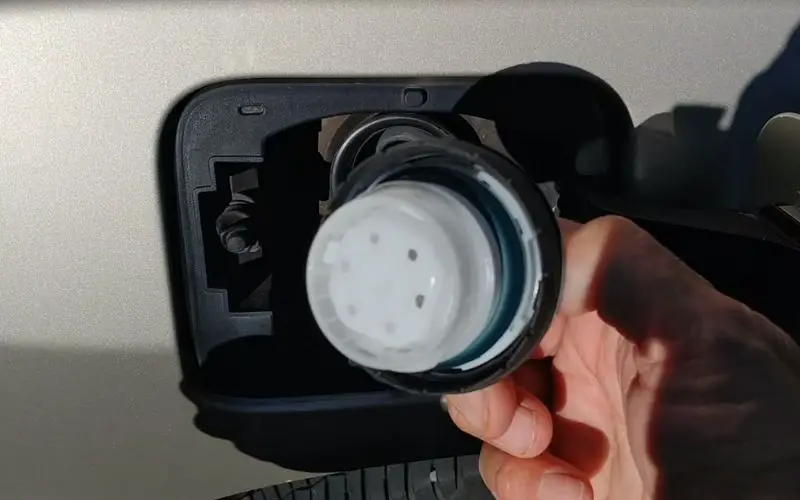
A simple issue. If your gas cap is loose, missing, or damaged, it can trigger the light.
The cap seals the fuel system and maintains pressure. A proper seal is crucial. Check the cap first. Tighten it or replace it if needed.
Oxygen Sensor Issues
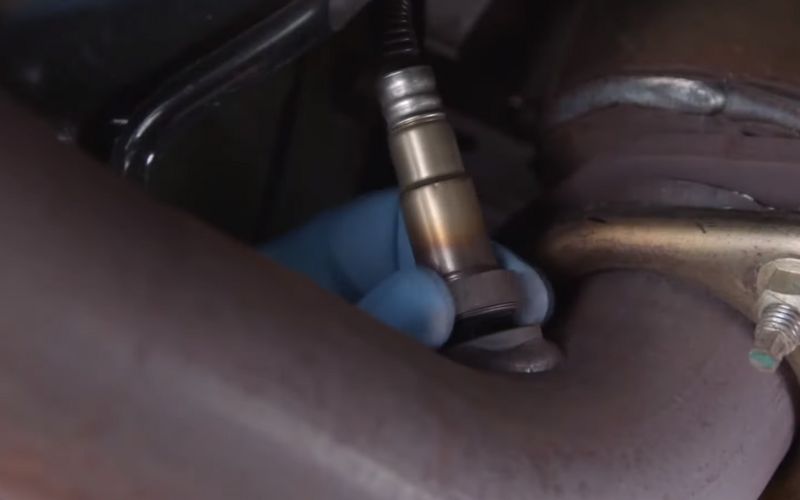
The oxygen sensor measures exhaust gases. It helps manage your engine’s efficiency.
A faulty sensor can reduce fuel economy. It can also harm the catalytic converter. Replacing a bad oxygen sensor is important.
Catalytic Converter Failures
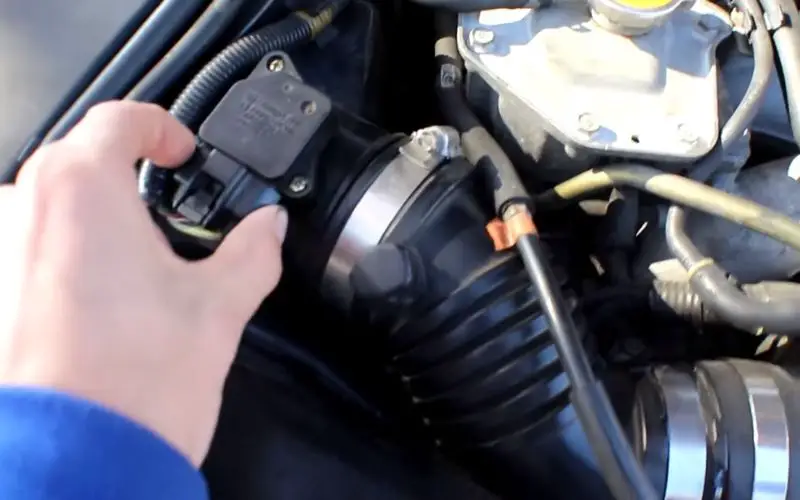
This part reduces exhaust pollution. If it fails, your Jeep’s performance drops. Fuel efficiency may decrease.
The vehicle might run at a higher temperature. Replacing the converter is often necessary.
Mass Airflow Sensor (MAF) Problems
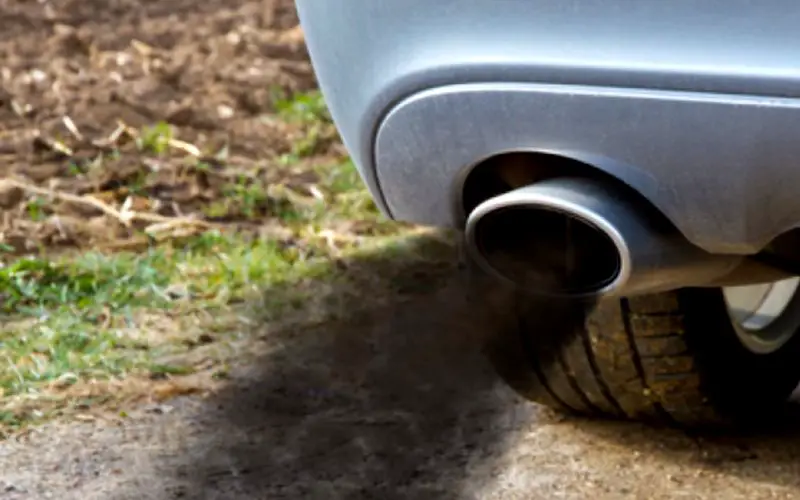
This sensor measures the air coming into the engine. It ensures the right fuel-air mix.
A faulty MAF affects performance and emissions. It can make the engine hard to start. Cleaning or replacing the MAF can fix this.
Ignition System Defects
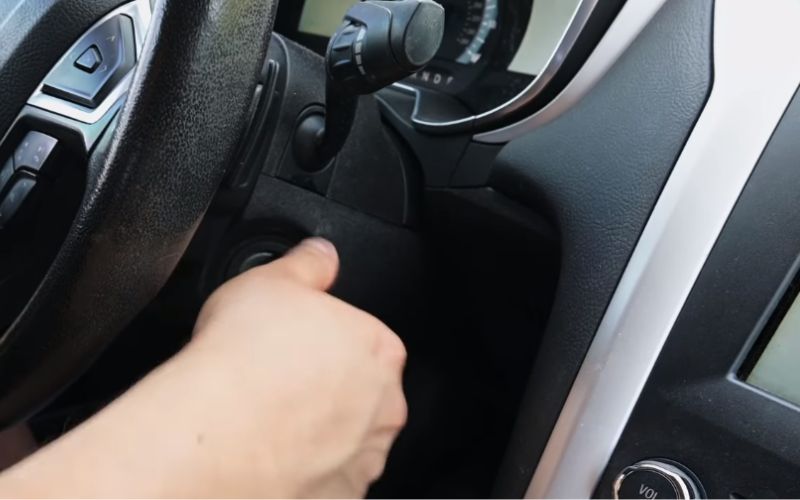
Problems here can include spark plugs or ignition coils. Faulty spark plugs can cause misfires.
This affects performance and fuel economy. Regular checks and replacements are key.
Exhaust Gas Recirculation (EGR) Valve Malfunction
The EGR valve reduces emissions. It directs some exhaust gases back into the combustion chamber.
A malfunction can cause performance issues. It can also increase emissions. Fixing or replacing the valve is often needed.
Additional Causes
Other issues can include:
- Fuel injector problems.
- Vacuum leaks.
- Faulty battery or charging system.
- Transmission issues.
- Software needing updates.
These problems vary in complexity. Some need simple fixes. Others require professional help.
Knowing these causes helps you keep your Jeep Cherokee in good shape.
Diagnosing the Problem
When the check engine light in your Jeep Cherokee comes on, it’s crucial to act fast.
Diagnosing the issue quickly can prevent more serious problems. Let’s explore how to effectively diagnose these issues.
Importance of Timely Diagnosis
Quick action is key. It prevents minor issues from becoming major. Early diagnosis can save money. It can also ensure your vehicle’s safety.
Don’t wait. Address check engine light warnings as soon as they appear.
Tools and Techniques for Diagnosing Check Engine Light Issues
- Use an OBD-II scanner. This tool connects to your Jeep’s computer system. It reads diagnostic trouble codes (DTCs). These codes help identify the problem.
- Visual inspection is also important. Check for obvious signs of wear or damage. Look at the gas cap, hoses, and connections.
- Listen to your vehicle. Unusual sounds can give clues.
- Note any performance changes. These can include rough idling or difficulty starting.
Knowing Diagnostic Trouble Codes (DTCs)
- DTCs are key to diagnosis. They consist of a letter followed by numbers. For example, P0301 indicates a cylinder misfire.
- Each code has a specific meaning. They point to particular systems or parts.
- Some codes are generic. Others are specific to Jeep or even the Cherokee model.
- Interpreting these codes requires a manual or online research. Sometimes, professional help is needed for complex codes.
Diagnosing check engine light issues involves a mix of tools, techniques, and knowledge. Timely action, proper tools, and understanding DTCs are crucial. They help keep your Jeep Cherokee running smoothly and safely.
Step-by-Step Guide to Troubleshooting
Troubleshooting the check engine light in your Jeep Cherokee can seem daunting. However, with a systematic approach, you can identify and possibly fix the issue yourself. Here’s a step-by-step guide.
Checking the Gas Cap
Start simple. A loose gas cap can trigger the check engine light.
Steps:
- Turn off your vehicle.
- Find the gas cap. It’s usually on the side of your Jeep.
- Remove the cap. Check for cracks or damage.
- If it looks good, tighten it until it clicks.
- If damaged, replace it.
- After fixing, wait to see if the light turns off.
Using an OBD-II Scanner
An OBD-II scanner reads diagnostic codes from your Jeep’s computer.
Steps:
- Buy or borrow an OBD-II scanner.
- Locate the OBD-II port in your Jeep. It’s usually under the dashboard.
- Plug in the scanner.
- Turn on your Jeep to power the scanner.
- Follow the scanner’s instructions to read the codes.
- Note down the codes for further diagnosis.
Inspecting Common Problem Areas
Some issues are visible upon inspection.
Steps:
- Check under the hood. Look for loose connections or damaged hoses.
- Inspect the battery. Look for corrosion on terminals.
- Examine belts for wear and tear.
- Check fluid levels: oil, coolant, and transmission fluid.
- Look for any visible leaks.
- Listen for unusual noises when the engine is running.
When to Seek Professional Help
Sometimes, the issue is beyond DIY fixes.
Steps:
- If the scanner shows complex codes, consider professional help.
- If you’ve tried simple fixes and the light stays on, see a mechanic.
- If your Jeep shows performance issues, don’t delay.
- For recurring problems, seek expert advice.
- Always choose a trusted, experienced mechanic.
- Provide them with the codes and your observations.
Following these steps can help you understand the cause of the check engine light. Remember, timely action is crucial. If in doubt, always consult a professional.
Preventive Measures and Maintenance Tips
Keeping your Jeep Cherokee in top shape is key. Regular maintenance can prevent the check engine light from coming on. Here are some tips:
- Follow the Service Schedule
- Stick to the Jeep’s maintenance schedule. It’s in your owner’s manual. Regular service keeps your vehicle running well.
- Check Fluids Regularly
- Keep an eye on engine oil, coolant, and brake fluid. Top them up as needed. Change them at recommended intervals.
- Inspect Belts and Hoses
- Look for cracks or wear in belts and hoses. Replace them if they show signs of damage.
- Keep the Battery in Good Condition
- Check the battery regularly. Clean the terminals. Replace the battery if it’s old or weak.
- Change Filters
- Air and fuel filters need regular changes. They keep your engine clean. Follow your Jeep’s guidelines for replacement.
- Use Quality Parts
- Always choose quality parts for replacements. They last longer and work better.
- Drive Sensibly
- Avoid harsh driving. It puts less stress on your Jeep. This means less wear and tear.
- Regularly Check Tire Pressure
- Proper tire pressure improves performance. It also helps fuel efficiency.
By following these tips, you can reduce the chances of seeing the check engine light. Regular care keeps your Jeep Cherokee reliable and safe.
FAQs
Can I Continue Driving if the Check Engine Light is On in My Jeep Cherokee?
It depends on the situation. If the light is steady, you can drive carefully to a mechanic. But, if it’s blinking, stop driving. A blinking light means a severe issue. It’s safer to tow your Jeep to a professional.
How Do I Reset the Check Engine Light on My Jeep Cherokee After Fixing the Issue?
After fixing the issue, the light might go off on its own. If not, use an OBD-II scanner to reset it. Connect the scanner, find the reset option, and follow the prompts. If unsure, a mechanic can reset it for you.
What are the Potential Consequences of Ignoring the Check Engine Light in a Jeep Cherokee?
Ignoring the light can lead to bigger problems. Minor issues can become major, costing more to fix. It can also lead to unsafe driving conditions. In some cases, it might even cause your Jeep to fail emissions tests.
What Tools Do I Need to Troubleshoot the Check Engine Light in My Jeep Cherokee?
You’ll need an OBD-II scanner. This tool reads codes from your Jeep’s computer. It helps identify the issue.
Also, have basic tools like a screwdriver and wrench for simple checks. For more complex issues, professional tools might be needed.
Summary
To sum it up, when your Jeep Cherokee’s check engine light comes on, it’s more than just an indicator, it’s a call to action. Ignoring it can lead to larger problems and expenses.
With the right knowledge and tools, you can troubleshoot and address issues promptly, ensuring your Jeep stays in optimal condition.
Regular maintenance and heeding the light’s warning are key to a worry-free driving experience.

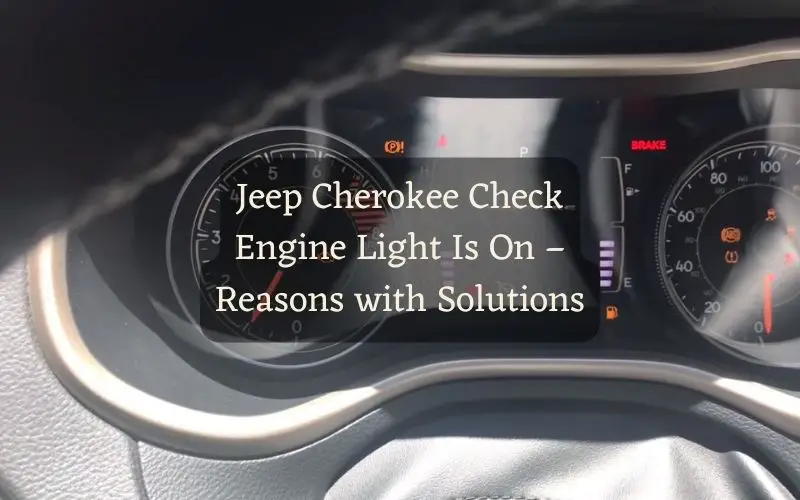
Leave a Reply